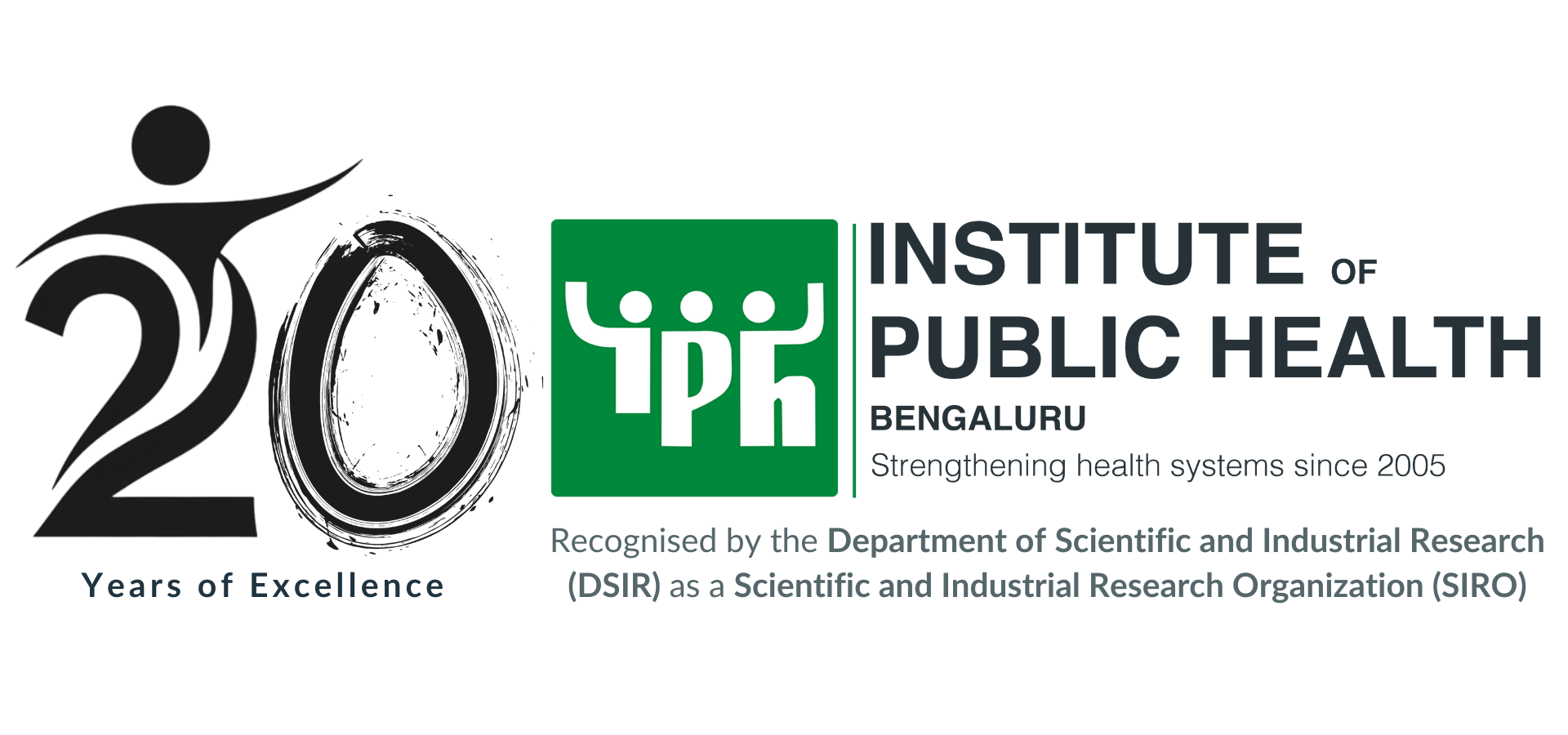An Implementation Research in Chamarajanagar district, Karnataka (INCARE)
Duration of project
(30-03-2020 to 03-10-2022)
The burden of Non-Communicable diseases (NCD) is escalating in low and middle-income countries like India, contributing to an increase in both morbidity and mortality. NCDs are attributed to rapid urbanization, change in lifestyle, and environmental distress. In India, Tribal communities also report an increase in NCD’s with the change in lifestyles.
Through a competitive grant, the National Taskforce project of the ICMR has undertaken to strengthen the current national program of National Programme for Prevention and Control of Cancer, Diabetes, Cardiovascular Diseases and Stroke (NPCDCS). ICMR national taskforce project will be implemented in 6 sites across India with the same objectives and methods; objectives were identified by Project Review Group of SBHSR Division, experts, and Principal investigators of ICMR National Task Force project on NCDs among ST population. Our field site in Chamarajanagar has been included in these six sites.
Using the Implementation research study design, the study will be done in four selected primary health centers, which cater to tribal communities in the Chamarajanagar district.
The study will be implemented in 3 phases to Support the implementation strategies to strengthen NCDs (hypertension, diabetes and COPD) related continuum of care under NPCDCS programme among scheduled tribe populations.
Phase 1
Community
- Understand the characteristics of socio-demographic details and modes of communication among the tribal population.
- Formal and informal processes of decision-making related to healthcare issues (Diabetes, hypertension and respiratory illness at the household level and community level)
- Understand the social structures, dynamics and Organizational capacity of the community to negotiate for better health services (different community-level organization to deal with health/government amenities)
- Map the access to Public and Private health facilities (Transport and physical distance)
- Existing communication channels available to these communities and their utilization pattern
- Estimate the prevalence of hypertension, COPD and diabetes, awareness, treatment and control of these conditions.
- Treatment seeking behaviour of known diabetes/hypertension/COPD patients and calculating the costs (OoP)
- Understanding the profile of the patients –risk/precipitating factors, etc. that are necessary for management.
Health System
- Assessment of capacity (manpower, skills and infrastructure-drugs and diagnostics) of HSC/HWCs and other higher-level health facilities (PHC/CHC) for screening, management and continuum of care of NCDs.
- Assessing existing IEC/communication strategies
- Identifying supply-side barriers/bottlenecks in implementing NCD screening, management and continuum of care.
- Identifying facilities and other facilitators in the health system for implementing the activities of NPCDCS and NHPM/AB.
- Mapping and assessing participation of private and other non-governmental health facilities in/out of a PHC area, involved in the management of NCDs.
Phase 2
- Support existing intersectoral action strategies to strengthening NCD related continuum of care under NPCDCS such as:
- Partnership with other government departments, non-governmental health facilities, NGOs, CBOs, unorganised sectors
- Community participation/mobilization inclusion of traditional healers and other traditional/religious institutions.
- Improving the skills and facilities of the HWCs/public health facilities/personnel for the screening and management of these 3 NCDs.
- Support to implement the screening and management activities (including behavioural change) by the health system
- Facilitating health promotion through behavioural change activity by frontline health workers/ASHAs or community members.
- Re-structure the referral pathway system from HSC/HWCs level onwards.
- Adopt community participation strategies to enable people for behaviour change for the preventive care and continuum of care.
Phase 3
- Evaluate the impact of intersectoral action in terms of:
- Change in modifiable parameters and behaviours related to these three conditions including treatment adherence
- Improvement in the control of diabetes and hypertension.
- Reduction of out of pocket expenditure for management of disease
- Acceptability of the programme by the people
- Bringing people/patients under the coverage of screening, treatment/care and continuum of care
